Allium Leaves: Care, Issues, and Maintenance
Introduction
Alliums, often celebrated for their striking globe-like flowers and onion-scented foliage, are a stunning addition to any garden. Their leaves, long and slender, provide texture and greenery that complement their bold blooms. However, like all plants, allium leaves require proper care and attention to thrive. From understanding their growth habits to managing common issues, knowing how to maintain healthy allium leaves is essential for gardeners who want these plants to look their best. This guide will explore everything you need to know about allium leaves, including how to care for them, recognize problems, and encourage lush, healthy growth.

The Role of Allium Leaves
Allium leaves are far more than a decorative feature complementing their bold, globe-like blooms—they are essential to the plant’s health and long-term vitality. These long, slender leaves, often gracefully arching, serve as the plant’s primary tool for photosynthesis. By capturing sunlight and converting it into energy, the leaves provide the necessary fuel for the allium to grow, bloom, and store reserves in its bulb for the following growing season. Without healthy leaves, the plant cannot generate the energy it needs to sustain its life cycle, resulting in weakened growth and less vibrant flowers.
Healthy allium leaves are especially important early in the growing season when the plant is actively developing its blooms. During this time, the leaves work overtime, gathering nutrients and sunlight to support the striking flowers that alliums are known for. Maintaining their health ensures that the plant produces the most robust and visually stunning blooms possible.
As the season progresses, however, allium leaves naturally begin to yellow and wither. This is a normal part of their lifecycle, as the plant redirects its energy to the bulb in preparation for dormancy. While this process is inevitable, it can leave your garden looking untidy if not managed properly. Taking steps to care for the leaves during their active phase can delay this decline, keeping your alliums vibrant for longer.
In addition to their functional role, allium leaves contribute to the overall aesthetic of a garden. Their sleek, linear form provides texture and contrast when paired with other plants, making them an important design element in flower beds and borders. Proper care not only enhances their health but also ensures they remain a beautiful feature in your landscape.
For gardeners who also cultivate other ornamental plants, learning how to manage foliage is a valuable skill. Check out our guide on pruning lavender in spring for tips on complementary care practices that help keep your garden thriving and visually appealing.
How to Care for Allium Leaves
Caring for allium leaves involves providing the right growing conditions and practicing regular maintenance. Here are the key steps to ensure they remain healthy and vibrant throughout the season:
1. Plant in the Right Location
Alliums thrive in well-draining soil and full sun. Poorly drained soil can lead to rot, which is detrimental to the plant’s leaves and overall health. Choose a sunny spot where the plant can receive at least six hours of direct sunlight daily.
2. Water Wisely
Overwatering is one of the most common mistakes when caring for alliums. These plants prefer moderately dry conditions once established. Water sparingly, ensuring the soil remains moist but not soggy. Wet soil can cause the leaves to yellow prematurely and lead to bulb rot.
3. Fertilize for Healthier Leaves
Applying a balanced fertilizer during the growing season supports lush foliage and strong blooms. Use a slow-release formula or organic options like compost or worm castings to enrich the soil with essential nutrients.
4. Mulch to Retain Moisture
Adding a layer of organic mulch around the base of your allium plants helps retain soil moisture, suppress weeds, and regulate soil temperature. This creates a healthier environment for the leaves to grow.
5. Deadhead Flowers Promptly
Once the flowers fade, removing the spent blooms encourages the plant to redirect its energy toward the bulbs rather than seed production. This supports healthier leaves and stronger growth in the following season.
Common Issues with Allium Leaves
While allium leaves are generally hardy, they can face several issues that affect their appearance and health. Understanding these problems and addressing them promptly ensures your plants remain in peak condition:
1. Yellowing Leaves
Yellowing leaves are a common concern for allium plants. This can result from natural aging, nutrient deficiencies, or overwatering. If the yellowing occurs early in the season, check the soil moisture and consider fertilizing with a balanced nutrient blend.
2. Fungal Diseases
Fungal infections like downy mildew or leaf spot can affect allium leaves, especially in damp or humid conditions. Look for discolored patches, wilting, or spots on the foliage. To prevent fungal issues, ensure proper air circulation around the plants and avoid overhead watering.
3. Pests
Allium plants are relatively resistant to pests, but occasional infestations of aphids or thrips can occur. Inspect the leaves regularly, and treat infestations with neem oil or insecticidal soap as needed.
4. Premature Leaf Decline
If the leaves begin to wither before the blooms have fully developed, it may indicate stress from poor soil, lack of sunlight, or overcrowding. Address these underlying factors to prevent early decline.
Encouraging Healthy Allium Leaves

Ensuring your allium leaves remain healthy and vibrant throughout their growing season involves more than addressing issues as they arise. Proactive care is essential to preventing common problems and encouraging robust growth, which ultimately supports the plant’s overall health and ability to produce stunning flowers year after year. With a few strategic practices, you can maximize the longevity and vitality of your allium leaves, enhancing both the plant’s appearance and its performance in the garden. Below are several tips for promoting healthy allium leaves and ensuring your plants thrive.
Space Plants Properly
Proper spacing is critical for alliums, as overcrowded plants must compete for sunlight, water, and nutrients. When too close together, plants can also suffer from poor air circulation, creating a moist environment that encourages fungal diseases. To prevent this, follow recommended planting guidelines based on the size of your allium variety. Larger varieties, such as giant alliums, may require up to 12 inches of space between bulbs, while smaller types can be planted closer together. Ensuring adequate spacing not only reduces the risk of disease but also allows the leaves to spread naturally, creating a more attractive and balanced garden display.
Support Bulb Growth
Healthy leaves are directly linked to healthy bulbs, as the foliage is responsible for storing energy that the bulb uses for the next season’s growth. After your alliums bloom, it’s essential to let the leaves remain on the plant until they naturally yellow and wither. This process allows the plant to photosynthesize for as long as possible, transferring energy back to the bulb. Cutting the leaves too soon can disrupt this cycle, leading to smaller, weaker blooms in the following year. To maintain a tidy garden while still supporting the bulbs, you can gently fold or tuck the fading leaves around the base of the plant, keeping them out of sight while they complete their natural cycle.
Practice Crop Rotation
For gardeners growing alliums alongside other crops in vegetable gardens, practicing crop rotation is vital for reducing the risk of soil-borne diseases such as white rot or onion maggot infestations. Alliums, including onions, garlic, and ornamental varieties, are susceptible to certain pathogens that can persist in the soil for years. By rotating your alliums to a different part of the garden each season, you disrupt the lifecycle of these pathogens, giving your plants a healthier growing environment. For best results, avoid planting alliums in the same spot for at least three years, and consider planting disease-resistant varieties for added protection.
Watering and Mulching for Healthy Leaves
Maintaining consistent soil moisture is essential for healthy allium leaves, but overwatering can lead to fungal diseases and root rot. Water deeply but infrequently, allowing the soil to dry out slightly between waterings. Adding a layer of organic mulch around your alliums can help regulate soil moisture, prevent evaporation, and suppress weeds, all of which contribute to healthier foliage. Mulch also insulates the soil, protecting the roots from temperature fluctuations and reducing stress on the plant.
Fertilize Thoughtfully
While alliums are relatively low-maintenance, they benefit from a nutrient-rich soil to support lush foliage and strong blooms. Apply a balanced fertilizer or add compost or worm castings to the soil during planting and throughout the season. These natural amendments supply nutrients without risking over-fertilization, which may lead to excessive leaf growth instead of blooms.
Encourage Good Air Circulation
In addition to proper spacing, pruning or removing surrounding plants that block airflow can help prevent fungal diseases. Allium leaves thrive in environments with good air circulation, which keeps them dry and reduces the likelihood of mildew or rot. Be mindful of planting alliums near dense or sprawling plants that may create overly humid conditions.
Protect Against Pests
Although alliums are generally pest-resistant, occasional infestations can occur. Inspect your plants regularly for signs of aphids, thrips, or other pests that may damage the leaves. If an infestation is detected, treat the affected plants promptly with neem oil or insecticidal soap to prevent further harm.
Long-Term Leaf Care
Maintaining healthy allium leaves year after year requires a holistic approach that includes soil management, regular inspections, and seasonal care. After the growing season ends, remove any dead or diseased foliage to reduce the risk of overwintering pests or diseases. Consider testing your soil periodically to ensure it remains well-balanced and fertile, making adjustments as needed to promote healthy future growth.
By incorporating these practices into your gardening routine, you can ensure your allium leaves remain a vibrant and functional part of the plant’s lifecycle, supporting both their aesthetic appeal and their role in the health of your garden. Healthy allium leaves not only enhance the visual impact of your garden but also provide the foundation for stunning blooms and resilient plants for seasons to come.
Creative Uses for Allium Leaves
Allium leaves, with their elegant arching shapes, can serve as more than just a functional part of the plant. Use them creatively in garden designs by pairing them with other plants to create textural contrasts. For instance, the narrow leaves of alliums look stunning alongside broader foliage plants like hostas or ferns. You can also incorporate them into floral arrangements, where their linear form adds a touch of sophistication.
If you enjoy incorporating ornamental plants into your gardening projects, our guide on indoor window plants provides inspiration for bringing greenery indoors.
Long-Term Care and Maintenance
Allium leaves may naturally fade after the flowering season, but proper care ensures the plant remains healthy year after year. After the leaves yellow and die back, remove them to keep your garden tidy and prevent the spread of diseases. Avoid cutting back the leaves too early, as they play a crucial role in feeding the bulb for next season’s growth.
Conclusion
Allium leaves are an essential part of what makes these plants a standout in any garden. Their health and appearance significantly impact the overall vigor and beauty of the plant. By understanding how to care for allium leaves and addressing common issues, you can enjoy vibrant foliage and stunning blooms season after season. Whether you’re cultivating alliums in a large garden or a small container, the principles of proper care remain the same: provide the right conditions, stay proactive, and address problems as they arise.
For gardeners looking to diversify their planting efforts, consider exploring our articles on how to grow basil in a pot or raised bed vegetable gardening for beginners to complement your allium care routine. With the right attention and effort, your allium plants will thrive, providing lush greenery and spectacular flowers year after year.





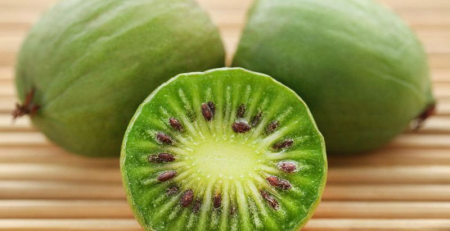
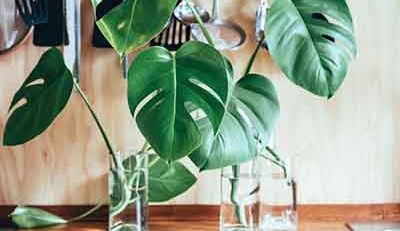
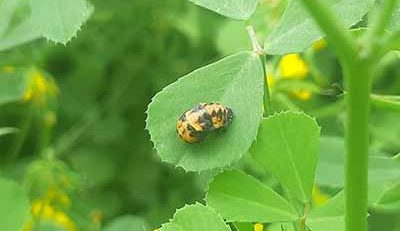
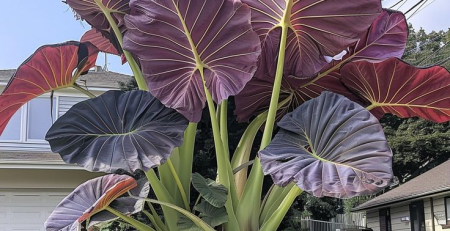
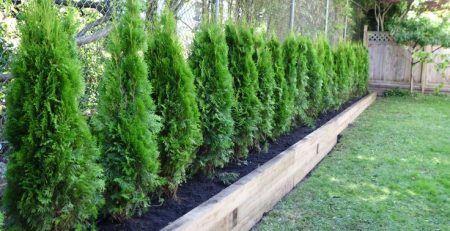
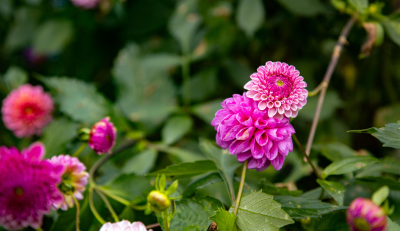
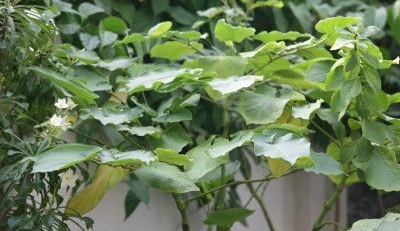

Leave a Reply